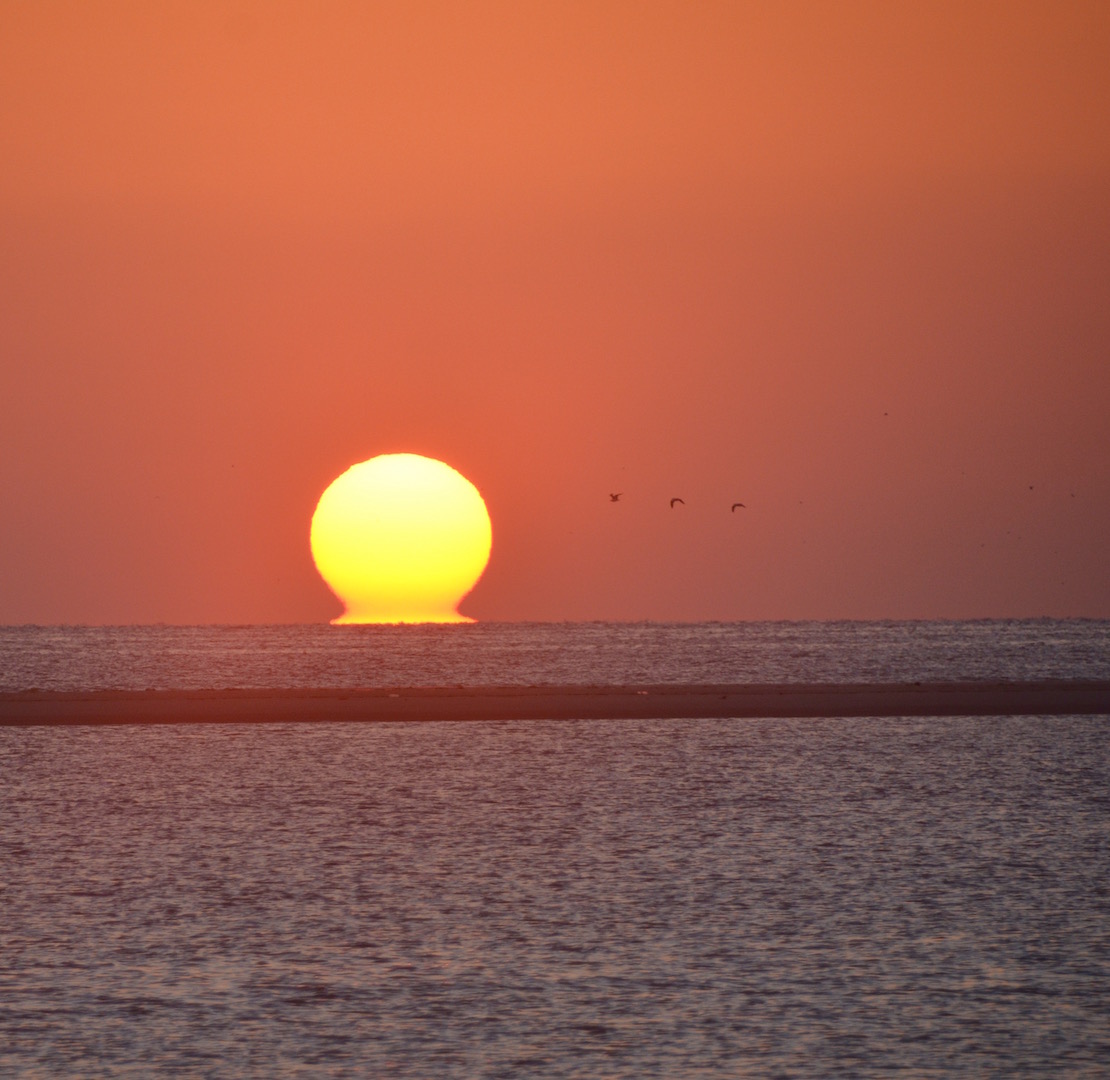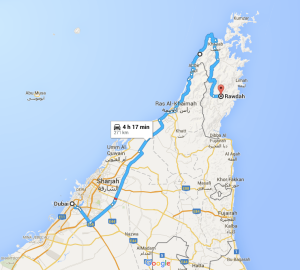(previously published on 9/3/2023 on vickystravelinthemiddleeastandbeyond.wordpress.com)
Hasik is a fishing port and also an access point, via Dhow to the Hallaniyat islands, also known as the Khuriya Muria islands. I’ve not visited, on my bucket list!
Along the coastline just north of Hasik, the cliffs tower above the road and water running off the escarpment has formed immense stalactites hanging down from the contours of the rock. It’s quite a sight to behold…

Onwards towards Mirbat, the road is cut along the base of the escarpment bordered by the sea.It’s a wonderful drive, there is very little traffic and any budding geologist would be awed by the strata and rock formations.

A few stops at favorite beaches along the way…

We added in a new little off road trip after Sadah. Sadah is a small coastal town and I just managed to spot two traditional old houses and caught them as we drove past…

We had been recommended to visit a part of the coastline we hadn’t explored before. The track takes you through wadis, some incredible strata and after much switchbacking up and over the small hills, to a beautiful remote bay…

As we had arrived a day early in Dhofar, we had the option to stay in Salalah and as we needed the car air conditioning re-gassing and a fix on the angle of the headlights, so we headed off to the Nile Hotel in Salalah to see if they had a room for us.
We have stayed at the Nile a few times, a range of different rooms and suites at very reasonable prices. If you have use of a car in Salalah it’s a great place to stay if you want to explore the area.Just room only, but plenty of restaurants to choose from in Salalah and our favorite, The Oasis club…
Air conditioning fixed , new headlights bought and fitted for a lot less than it would have cost in Dubai, we headed off to the Oasis club for dinner and drinks.
The Oasis club is located at Raysut next to the Port of Salalah.It’s a lovely restaurant to head to at sunset as the outside terrace overlooks the beach and sunset with a glass of wine is always enjoyable!

Salalah and the surrounding towns along the edge of the escarpment and on the coastal plains have a unique climate. From May to September the area has its own Monsoon season or Khareef as it is known locally. The land turns a lush green, mists and rains abound and people from other areas of the Middle East flock to Salalah for holidays and to take advantage of the cool climate during the months of their hot summers.

But in February the landscape looks very different. Parched of water from September to April, with only occasional storms the greenery disappears and a barren, stony vista appears. I’ve been here at both times of the year and the contrast is huge…some shots from Dhofar from last October and from this trip…


We always visit Taqah, a small town on the outskirts of Salalah.It is on a beautiful sweep of coastline and fishing, as always on this Oman coastline is part of life…. on this beach we find some unusual bivalves, so it’s always worth a visit and it’s a lovely walk along the beach…

We spent a couple of nights in Mirbat. This historic old town is a favorite destination of mine. Mirbat was a involved in the export of Frankincense in ancient times, as far away as China. It was also the site of the 1972 Battle of Mirbat between Communist guerrillas on one side and the armed forces of the Sultan of Oman and their Special Air Services advisers.
In the centre of Mirbat is the historic old town. I have been coming here for many years and it’s sad to see the deterioration but now it’s a morbid fascination to see what buildings have collapsed and are beyond repairs. Anyone who has read my Mirbat posts will remember I have a favorite door…pleased to say it’s still there, but it doesn’t look too good now!

Mirbat was named after the horse stall. Apart from being famous for exporting Omani frankincense , it was famous in the 9th century AD for breeding and exporting horses. As you drive into town you are greeted by horses on plinths on either side of the road.

Route map…






















































































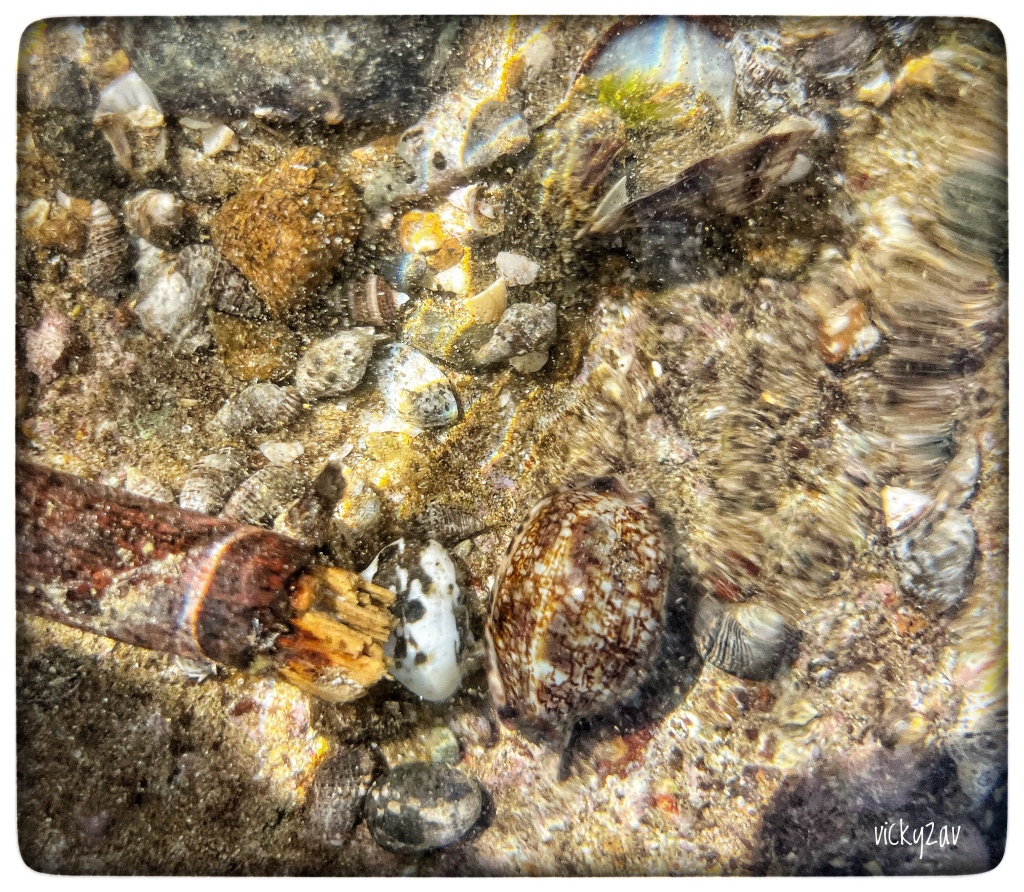

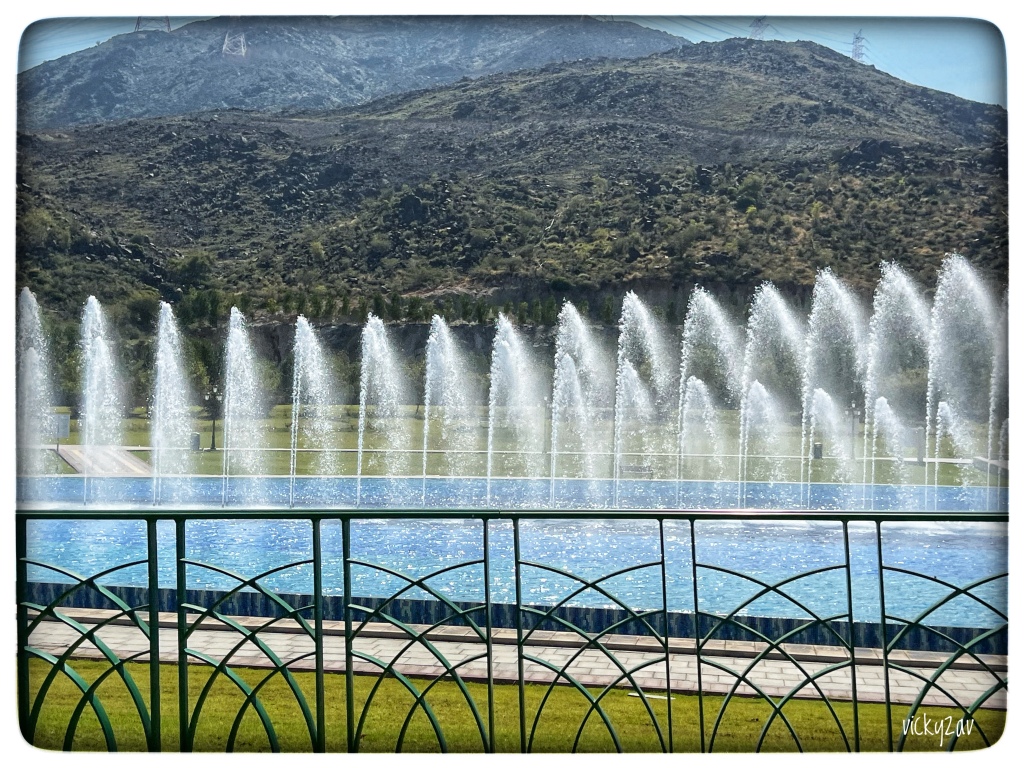





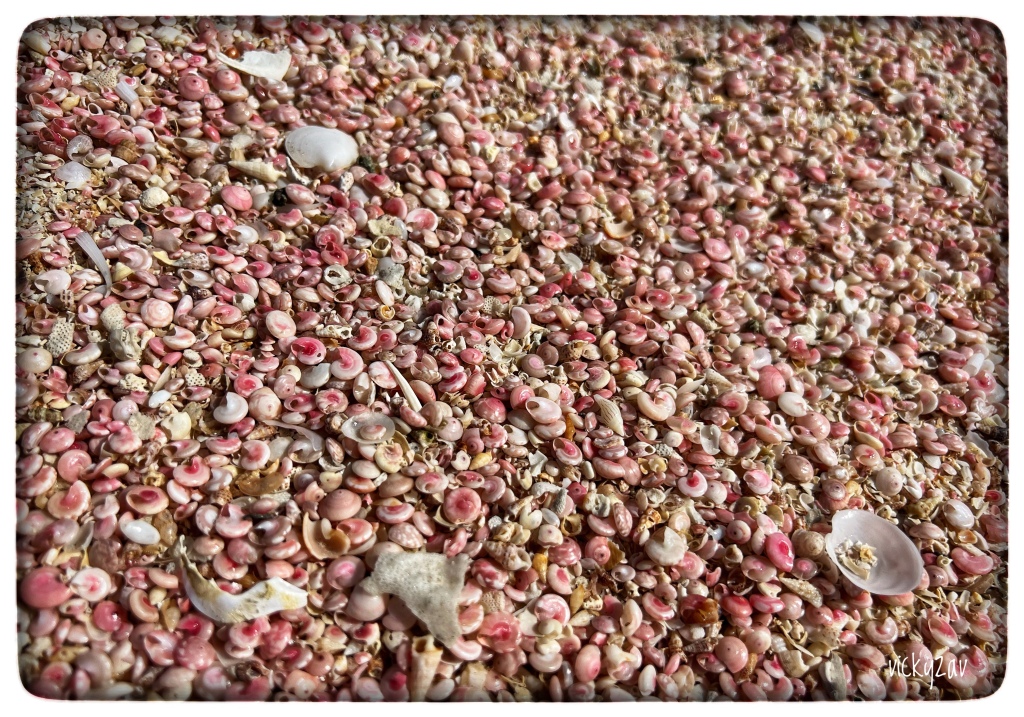


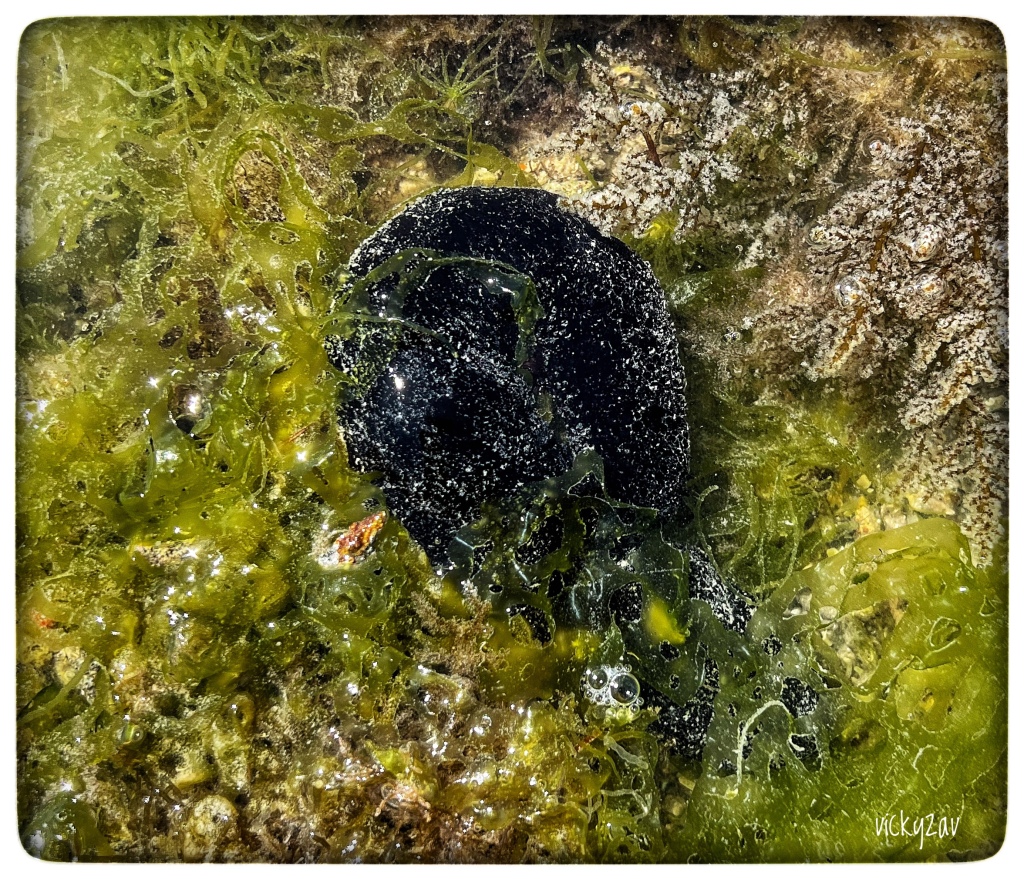

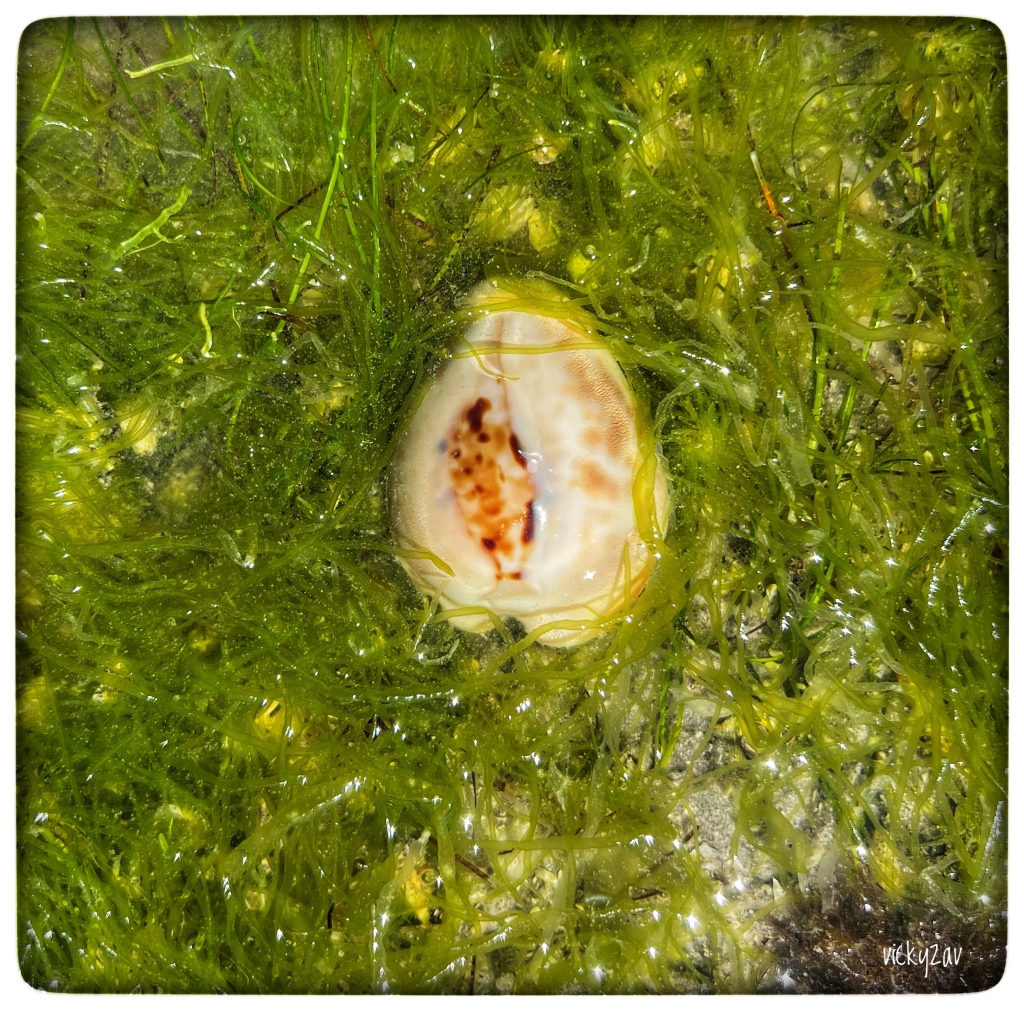

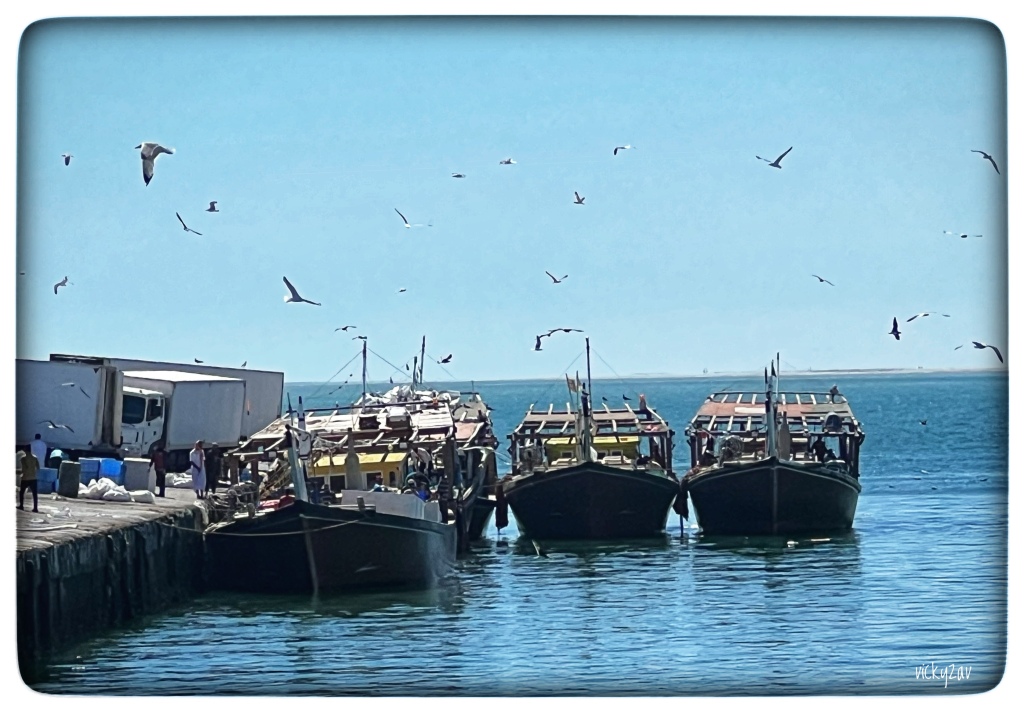



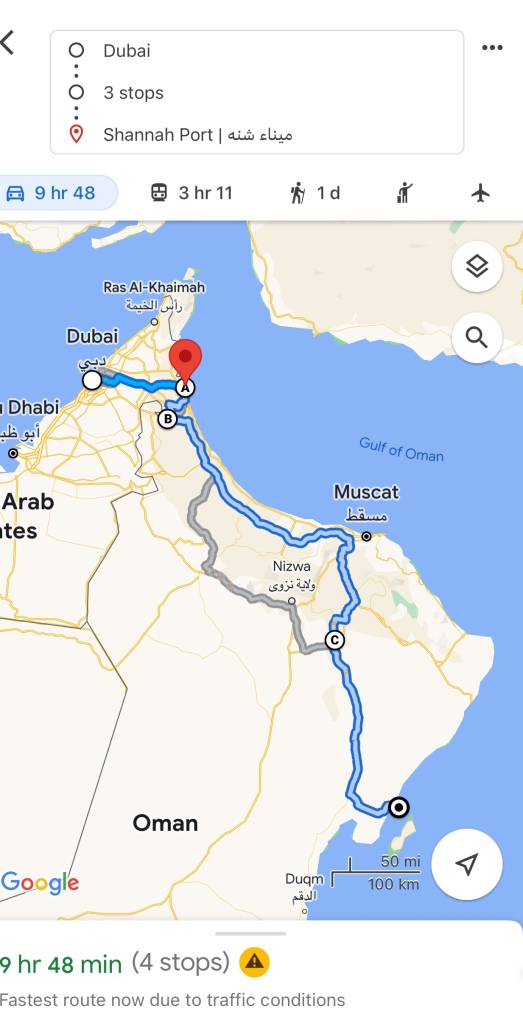



















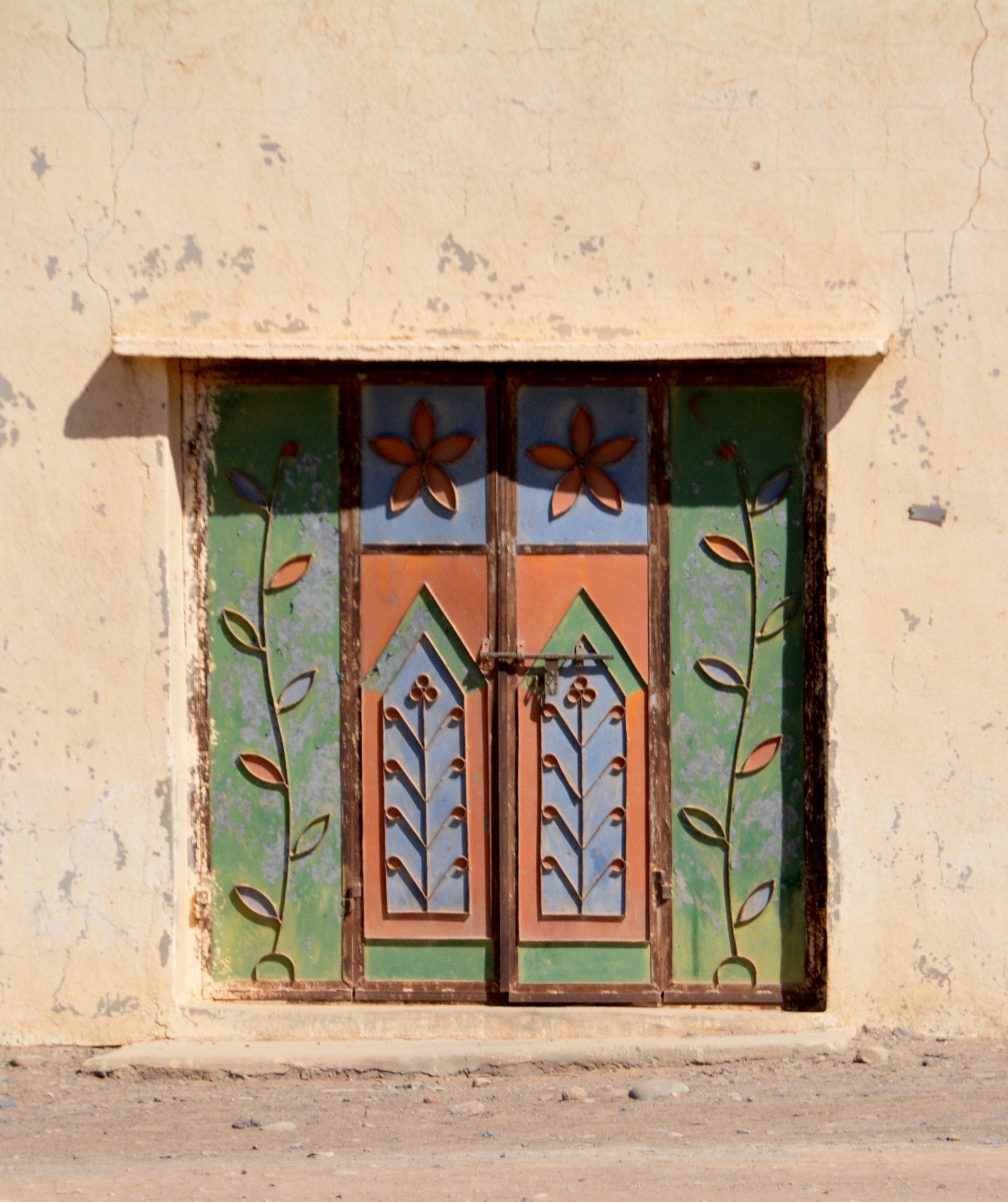

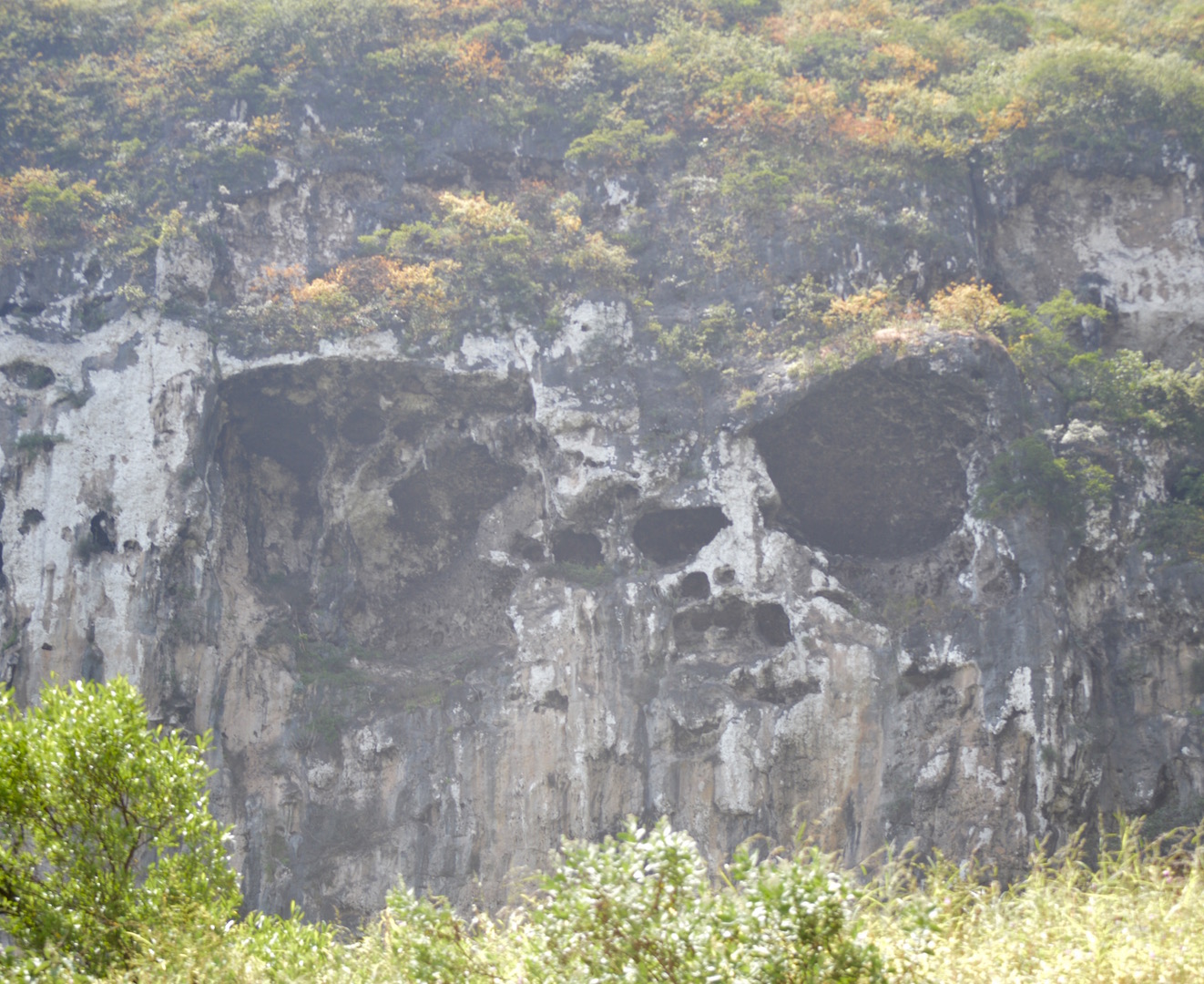 Faces
Faces